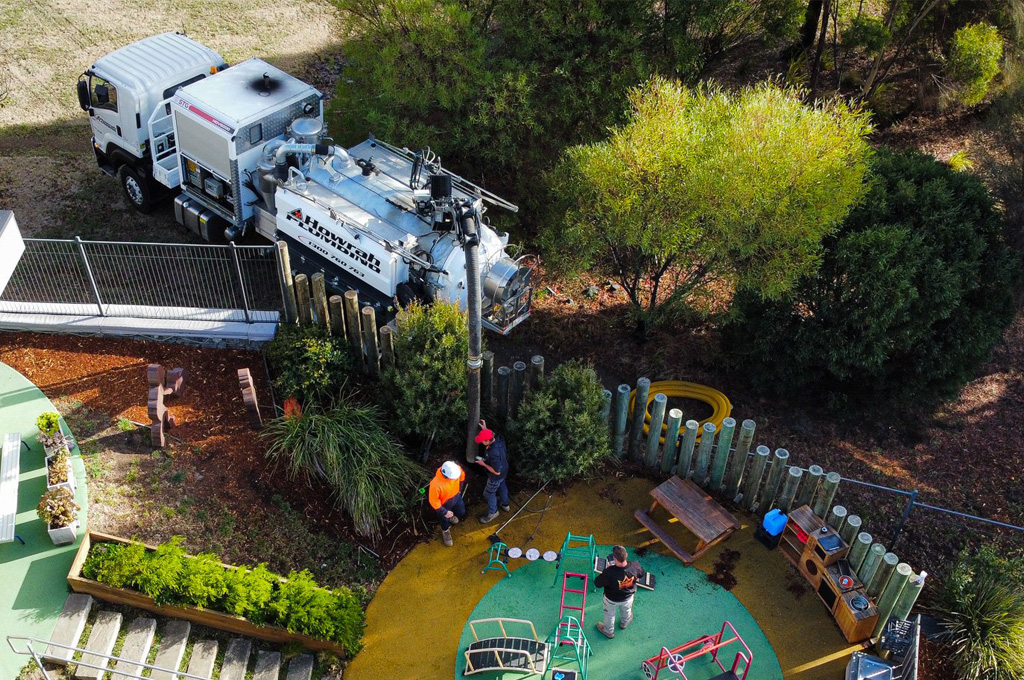
What is Involved in Common Plumbing Repairs?
Posted by on 2024-10-02
When it comes to maintaining a home, plumbing repairs are among the most common and necessary tasks that homeowners face. Understanding what is involved in these repairs can help demystify the process and prepare you for any potential issues that may arise. From leaky faucets to clogged drains, plumbing problems come in various forms, each requiring a unique approach to fix. This essay aims to explore the typical components of common plumbing repairs, shedding light on both minor and more complex issues.
One of the most frequent plumbing problems is a dripping faucet. The constant drip-drip-drip of a leaky faucet is not only annoying but also wasteful; it can lead to significant water waste over time. Repairing a leaking faucet often involves replacing worn-out washers or O-rings inside the tap. These small rubber parts create a seal that prevents water from flowing when the tap is turned off. Over time, they can become brittle or damaged, leading to leaks. In many cases, this is a simple DIY repair that requires basic tools like screwdrivers and wrenches.
Another common issue involves clogged drains, which can occur in sinks, showers, and tubs. Clogs usually result from an accumulation of hair, soap scum, food particles, and other debris over time. While commercial drain cleaners are available, they often contain harsh chemicals that can damage your pipes with repeated use. A more environmentally friendly approach involves using a plunger or a plumber’s snake (also known as an auger) to dislodge the blockage manually. For stubborn clogs deep within the pipes, professional plumbers have specialized equipment like hydro-jetters that use high-pressure water streams to clear out obstructions.
Toilets are another frequent source of plumbing woes. Common issues include running toilets—where water continuously flows into the bowl—and clogs that prevent proper flushing. A running toilet usually indicates that some internal components such as flappers or fill valves need replacement. These parts wear out over time but are relatively inexpensive and easy to replace with some basic guidance from online tutorials or instruction manuals.
More complex repairs involve dealing with low water pressure or inconsistent hot water supply, which could point to underlying issues within your home's plumbing system or even its main supply lines. Low water pressure might be due to sediment build-up in pipes or fixtures like showerheads and faucets; cleaning them often resolves this issue. However, if the problem persists across multiple points in your home simultaneously, it may indicate larger concerns such as pipe corrosion or leaks within your main supply line—situations best handled by professionals.
Water heater troubles represent another area requiring attention; issues here range from no hot water at all to inadequate heating or strange noises emanating from the unit itself. Simple fixes might involve adjusting thermostat settings or relighting pilot lights for gas heaters; however, sediment build-up within tanks necessitates flushing out systems periodically—a task many feel more comfortable leaving to experts given safety considerations.
Pipe leaks pose significant challenges too: visible ones under sinks are easier-to-fix via tightening connections/replacing faulty sections whereas hidden leaks behind walls/floors entail more invasive measures including cutting through drywall/floorboards followed by repair/replacement/repiping before restoring surfaces back again—a costly/time-consuming affair indeed!
In conclusion: knowing what’s involved in common plumbing repairs equips homeowners better manage inevitable hiccups maintain smooth-running systems long-term saving both money stress alike! Whether tackling simple fixes themselves calling upon skilled professionals address intricate matters understanding scope work required invaluable asset every household should possess!